I live only a 15-minute drive from the house where I grew up. My parents moved when I was in college, at which point the physical embodiment of every memory from my formative years was turned over to strangers, only to be revisited in my dreams. On the few occasions I’ve gone back to that street the memories come flooding back, but they’re a bad fit for the yards that now seem smaller and the houses that don’t look quite as freshly painted and kept up. Playing Star Ocean: The Divine Force can be similarly jarring: a monument to past comforts that occasionally delights, but whose cracked foundation and flaking paint remind you that it’s not your home anymore.
Once upon a time, Star Ocean was a solid JRPG series that offered fans a meaty alternative to Final Fantasy and Dragon Quest. It lets players embark on a Dungeons & Dragons style campaign within a larger Star Trek-inspired universe. It punched above its weight with frenetic combat, deep crafting systems, and an abundance of side content. There were multiple endings and roster tradeoffs depending on who you tried to recruit during your journey. Star Ocean: Second Story on the original PlayStation was good. The next game on the PS2 was even better. It’s been downhill ever since. Until now.
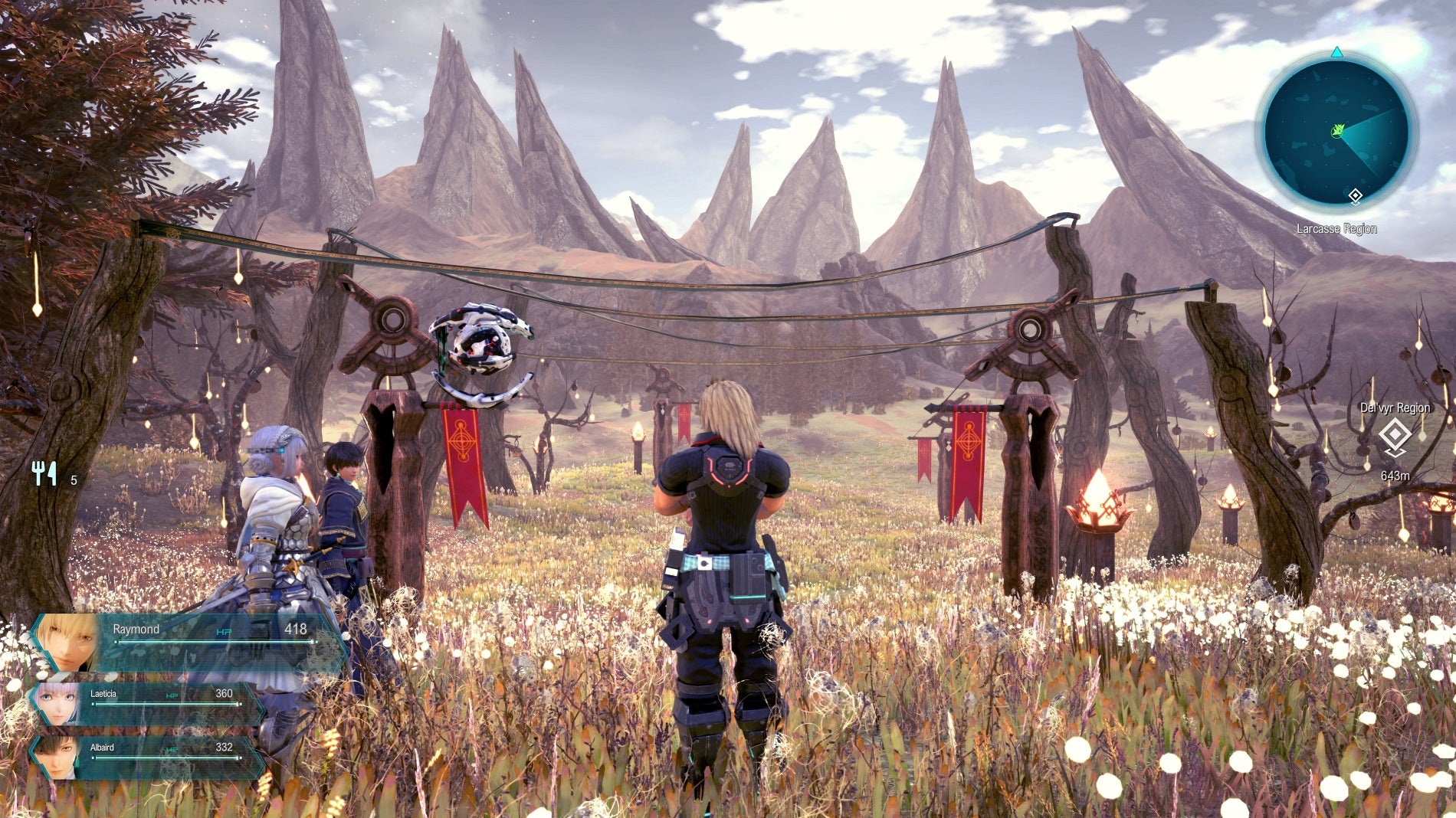
Star Ocean: The Divine Force, the sixth game in the series and the first one on PS5 and Xbox Series X/S, is a clear improvement over the last game. 2016’s Integrity and Faithlessness was unremarkable, incomplete, and had a third-person camera that made you want to throw-up. A low bar to clear for sure, but Divine Force does more than just avoid the pitfalls of its predecessor. It also offers an innovative overhaul of the combat system that’s finicky but compelling, with the prettiest environments the series has ever achieved. I’ve been playing on PS5 in graphics mode, and while nowhere near the best looking JRPG on the console, the lush fields, detailed architecture, and colourful interstellar skies added an extra spark to otherwise barebones questlines filled with a tedious level of backtracking.
Does this mean Divine Force is a good game? No. I’m about six hours in, and so far, I haven’t seen anything that would make me recommend it to anyone who isn’t already among the rapidly shrinking group of diehard Star Ocean fans. For all of the game’s improvements and modern sensibilities, it’s nowhere near as focused, polished, or refined as Xenoblade Chronicles 3, or even last year’s Tales of Arise. For all of its surprising virtues, Divine Force just isn’t in the same league.
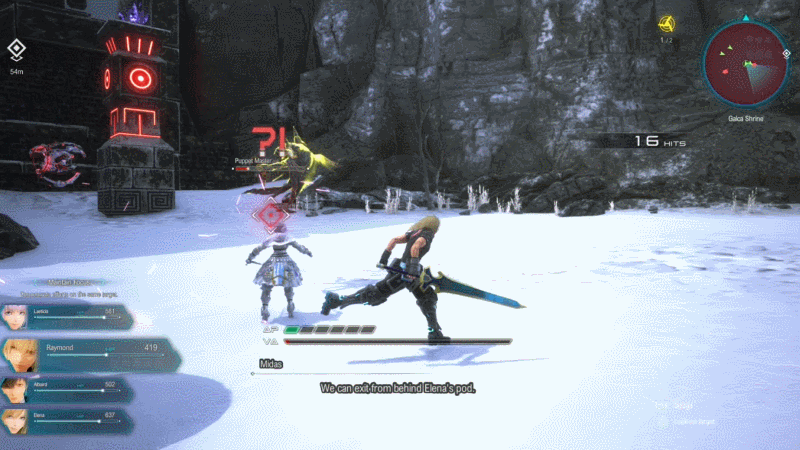
The English voice acting is passable and occasionally endearing in its eccentricity, but mostly just seems stilted, due in part to a script that feels trapped, for better and definitely for worse, in a sort of PS2-era JRPG mad libs. Raymond, the captain of a merchant ship, crashlands on a medieval-era planet where he runs into a princess named Laeticia who is trying to stave off an invasion of her kingdom by a neighbouring empire. Despite the menacing threats looming in the background, much of the early game is about getting mixed up in mundane parochial affairs while Raymond tries to regroup with his crewmates and mutters stuff like, “Who the hell are the people on this rock with horns growin’ outta their heads?” It’s pretty boring stuff.
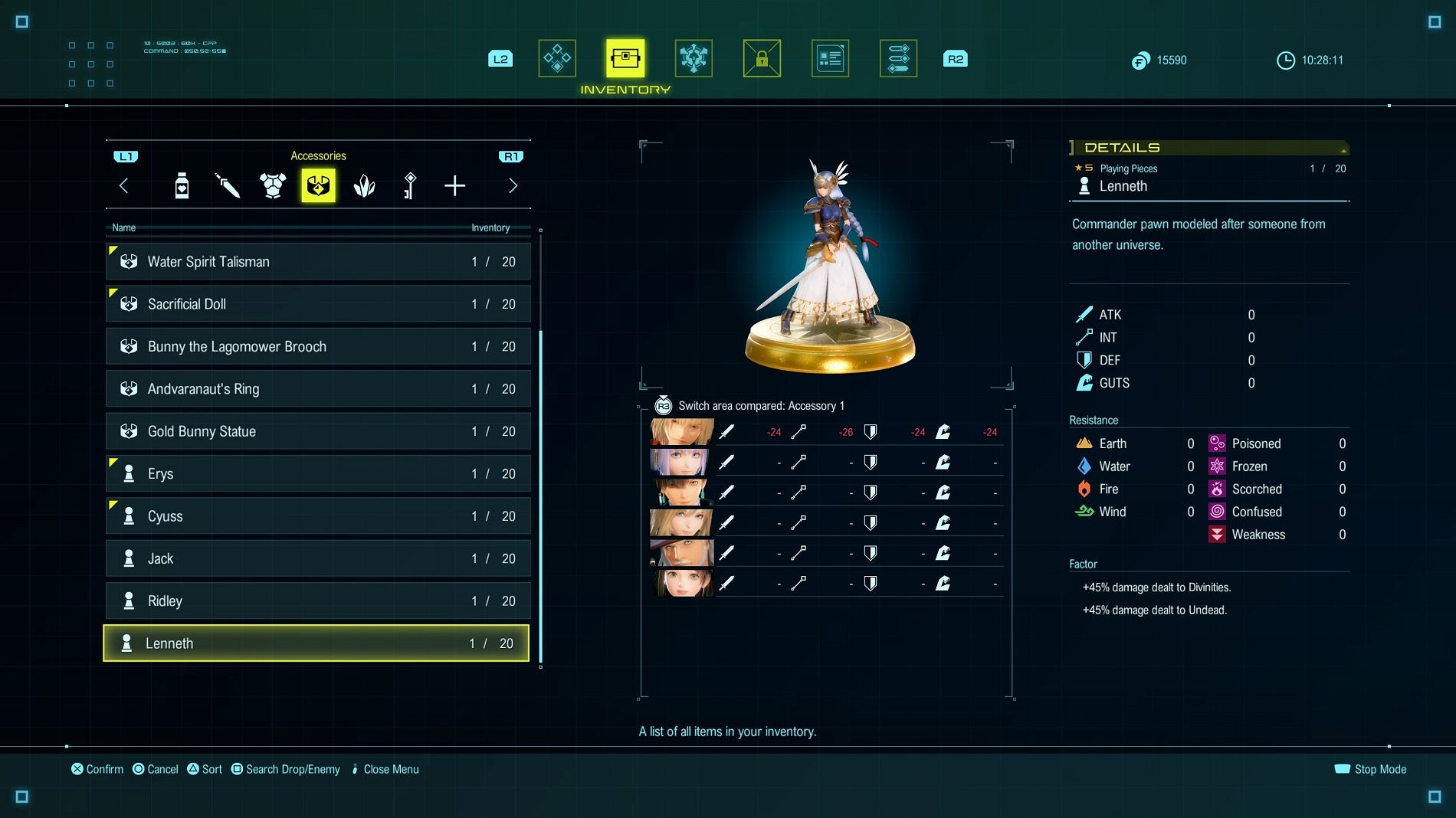
The game comes to life more in-between these contrived story beats and laborious fetch quests. Conversations with NPCs are rarely interesting, but they occasionally open up side missions that unlock special items for taking advantage of the game’s crafting systems. While hardly any of this is signposted, the game’s more esoteric side is there for players willing to go off the beaten path and try to puzzle together what the game is trying to tell you to do.
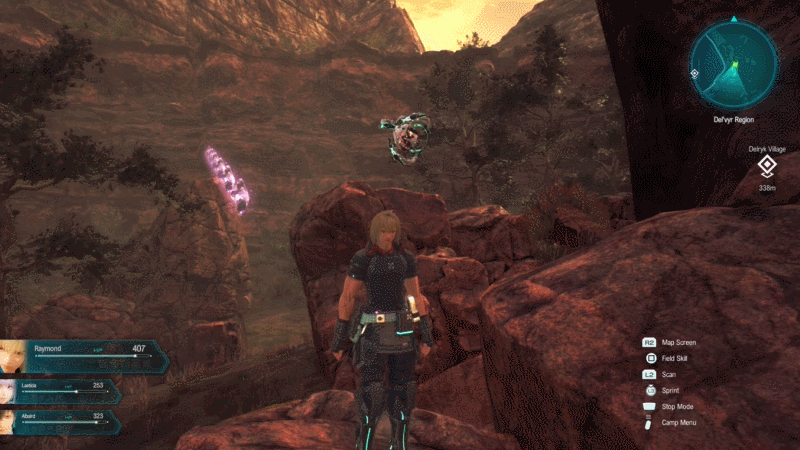
Exploration and combat are augmented by a mechanical companion called the D.U.M.A.S. that lets you fly short distances or dash into enemies and stun them. A stamina count, meanwhile, regulates how often and rapidly you can unleash combos in fights. There’s also a roll-dodge that you can time to perfectly evade an incoming attack and counter with a powerful follow-up. While targeting can be a nightmare, and it’s often impossible to know if you’re about to be hit by something off screen, it makes combat feel more natural and responsive than past games.
The transition between exploration and combat is also seamless, and helps keep Divine Force moving along so that even when something leaves a bad taste in your mouth it doesn’t linger for long. That said, the environments you’re exploring, while occasionally vast and pretty to look at, are basically empty except for a few treasure chests and bread crumb trails of crystals you can collect to upgrade the D.U.M.A.S. Enemies always appear in the same groups at the same spot, whether it’s your first time visiting the location or your fifth. And despite the addition of short bursts of flight and a gliding ability, the platforming has been too imprecise for me to ever want to try and reach hard-to-get-to treasure chests.
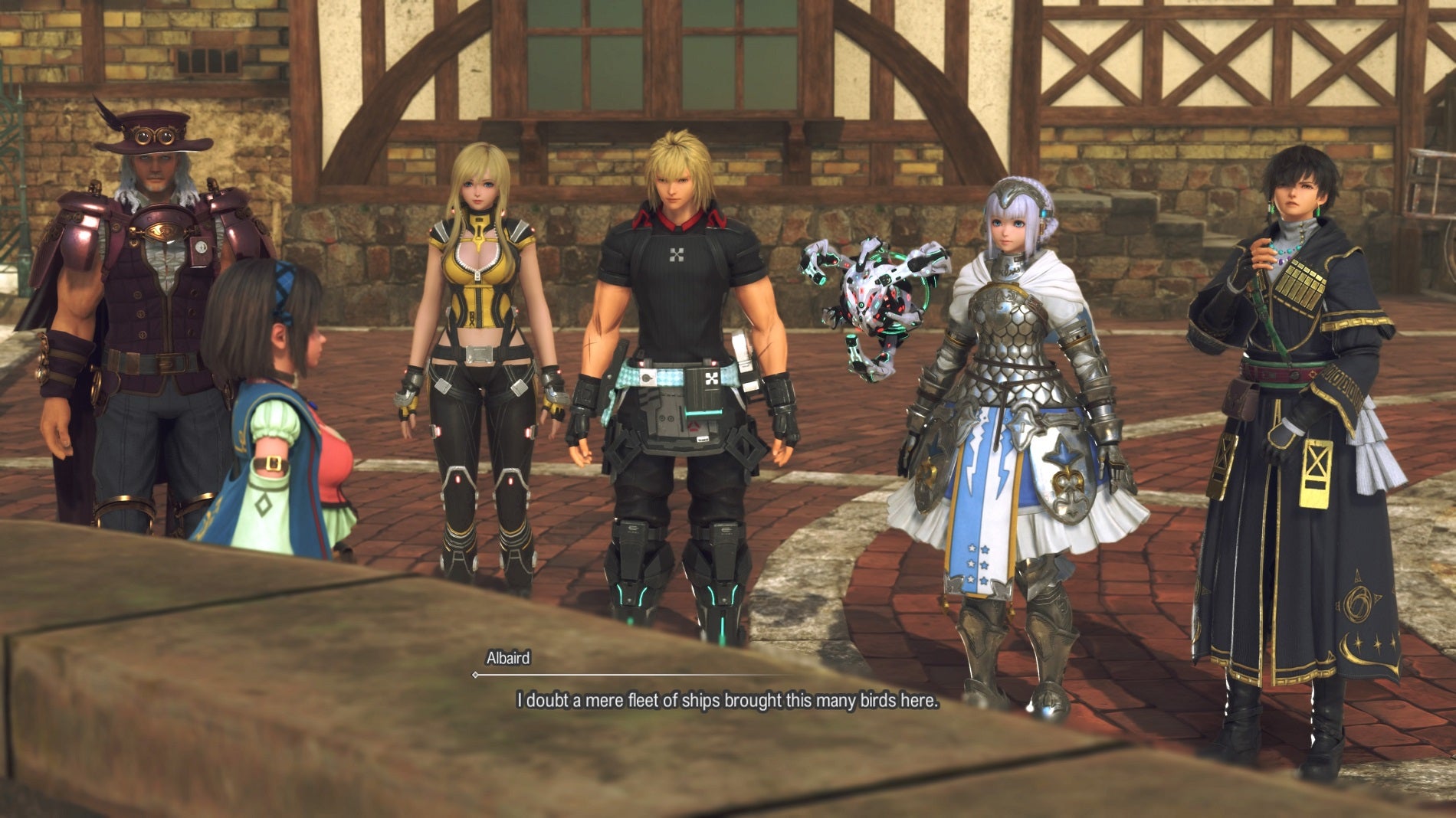
So why am I still playing Divine Force? Because I’m one of those fans who was Star Ocean-pilled long ago, excitedly pouring through strategy guides trying to decide which character I would recruit and how not to miss them. I’m hardly the first person to remark on just how much the latest game feels like playing an HD tribute to Second Story and Till The End of Time. The sound effects are all still the same. You eat blueberries to heal and still can’t carry more than 20 at a time. And much of the early game at least revolves around running errands for kings and mages in an increasingly nonsensical series of nesting subplots. It’s been a nice stroke down memory lane but none of it’s as good as I remember.
Developer Tri-Ace is in a huge financial hole, and fans are worried that Divine Force might be the series’ last chance to prove it still deserves to exist. Some are even buying multiple copies of the game to try and keep the dream alive. But the initial sales data isn’t reassuring. In Japan at least, the game’s launch is shaping up to be the second worst in the series history. It’s hard to blame anyone, both because of the game’s flaws and the inherent limitations and niche appeal of the decades old formula, but also because there are just so many other JRPGs to choose from. I’m disappointed that Divine Force isn’t the triumphant comeback fans have begged for, but I’m not surprised. I’m just glad it’s not terrible, and that I got to visit one more time before the whole thing gets knocked down.
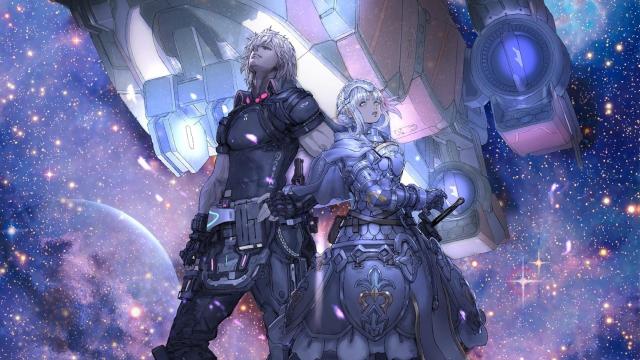
Leave a Reply